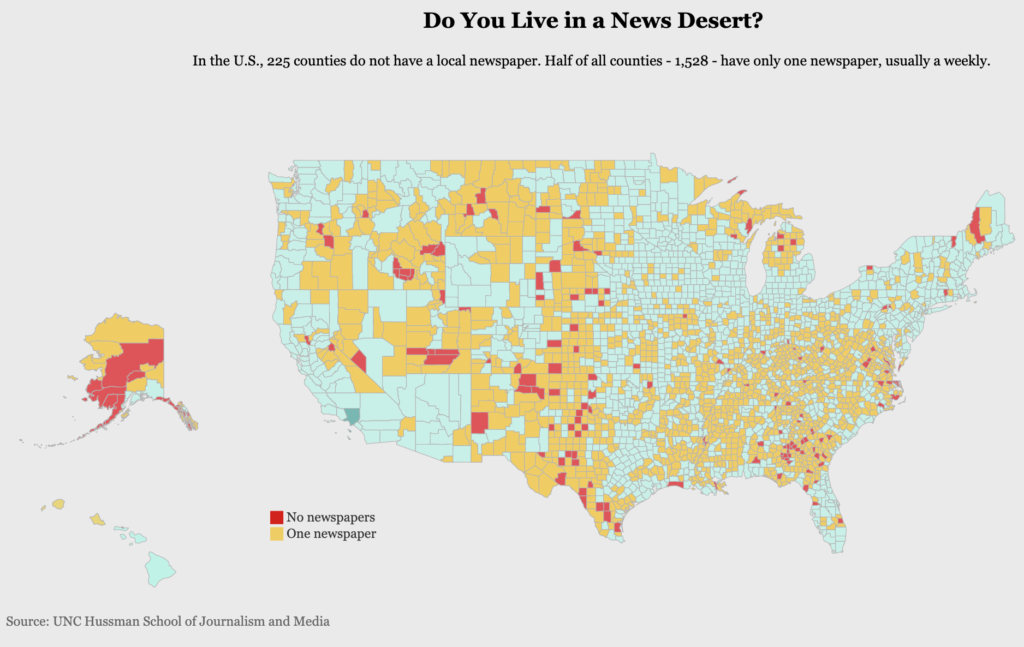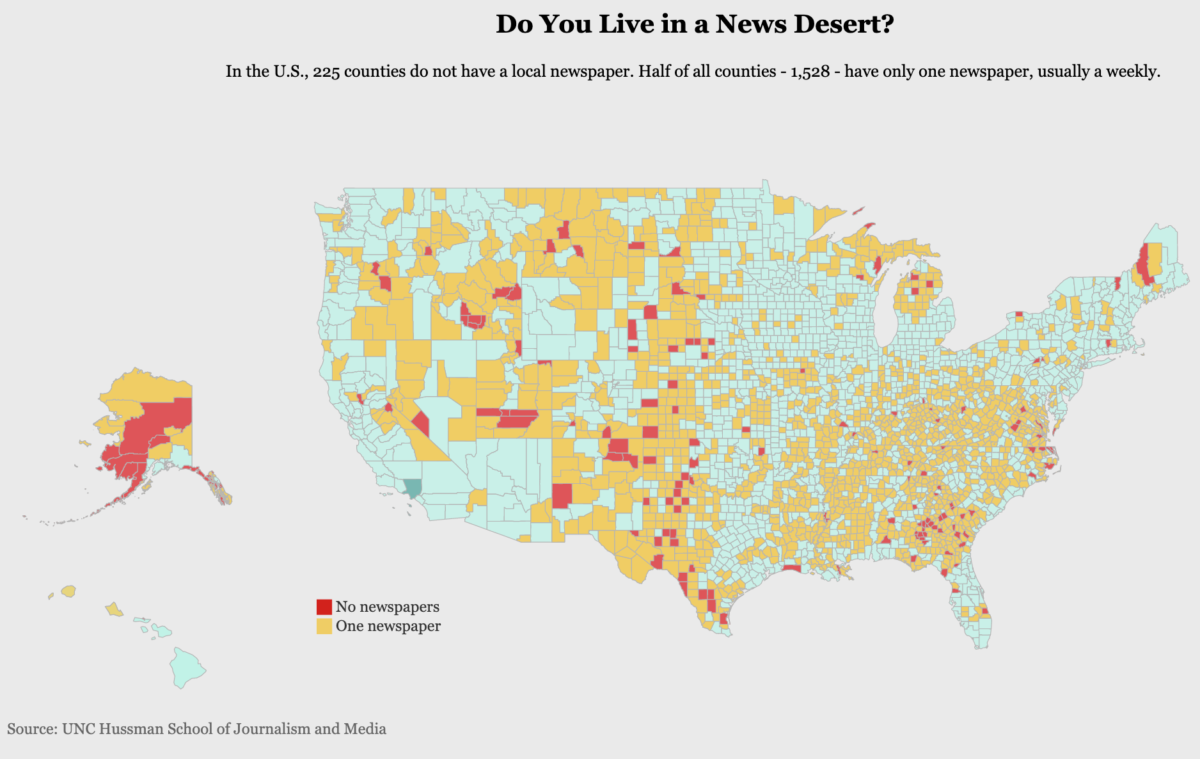Media policy leaders to discuss priorities, strategies, and statewide models that could help rebuild and sustain a robust news information ecosystem in California
By Sarah Berjan

California Common Cause and PEN America hosted a public discussion with media policy leaders as local news sources have been decimated. A state bill aimed to bolster local news coverage heads to the Senate Appropriations Committee.
Sen. Steve Glazer (D-Contra Costa) introduced State Bill 911 in February to financially help news sources cover issues of importance to their communities. The bill would grant $50 million that will be distributed over five years if approved by the state Legislature and signed by Gov. Gavin Newsom.
The bill will allocate 25 percent for small community news organizations and at least 25 percent for California-owned ethnic news organizations.
“This bill would help ensure that people around the state have access to news and information that is important to their lives and the vital upkeep of democracy,” Glazer said
A state board would administer a public fund to distribute grants to news organizations and reporters under the bill. Technical assistance to news organizations most in need of funding is offered under the bill to ensure equity.
“There needs to be editorial independence built into any legislation attempting to provide this sustaining, kind of shot in the arm, for local media. It is important to look at what we’ve done in terms of the future of local news,” said Nadine Farid Johnson, PEN America’s Washington Director.
California has lost a quarter of its newspapers and half its newsroom staff in the last 15 years, with news deserts emerging around the state, according to SB 911.
The United States has lost almost 1,800 papers since 2004, including more than 60 dailies and 1,700 weeklies, according to Penelope Muse Abernathy in her research for the University of North Carolina Hussman School of Journalism and Media. There are 1,283 dailies and 5,829 weeklies located in small and rural communities.
Abernathy’s research shows almost 200 of the 3,143 counties in the United States without any paper. An additional 1,449 counties, ranging from several hundred residents to more than a million, have only one newspaper, usually a weekly.
“Local news is a critical function of our democracy. Without it, we cant civically engage or participate in a meaningful way,” said Yosef Getachew, Media and Democracy Program Director at Common Cause, a democracy reform organization
The study found that total weekday circulation, including dailies and weeklies, declined from 122 million to 73 million over the past 15 years.
“The loss of newspapers in one state has the potential to affect residents in many other states since government agencies often rely on local news reports to help identify and contain public health crises and assess the impact of environmental disasters,” Abernathy said.
According to Getachew, many newspapers have primarily relied on a business model that uses advertising to generate revenue for years and allowed companies to place ads as their primary source of making money.
“That model has diminished in the last several years,” Getachew said. “There are alternate forms of communication that have grown. With that, a correlation between the lack of advertising revenue. Rather than advertising, revenue is going to platforms and other sources which significantly impacted the ability for newsrooms to make money.”
Widespread consolidation has also impacted the decline in news sources, leading to reporter layoffs, newsroom shuttering, and sharing of resources.
“Consolidation is essentially where major companies, corporations, and private equity firms have bought up newspapers and other liquids outlets,” Getachew said. “All those have been bought over the years to the point where we have a handful of conglomerates who own much of our local media. Those conglomerates don’t have the needs and interests of communities in mind. Oftentimes they care more about generating revenue than reporting news or engaging in better reporting that we need for our democracy.”
According to Getachew, possible solutions to revitalize and strengthen local media are through direct funding models, turning away from commercial models, and transitioning into nonprofit models to generate money on means other than advertising.
“There is a growing danger of disinformation from the lack of local media,” Getachew said. “So any type of policy solution to try to figure out how we can make sure that we’re combating disinformation, combating harmful content, making sure that we’re targeting specific funds, resources, or local news outlets, specifically to these communities to make sure they are getting the news information that they need.”
